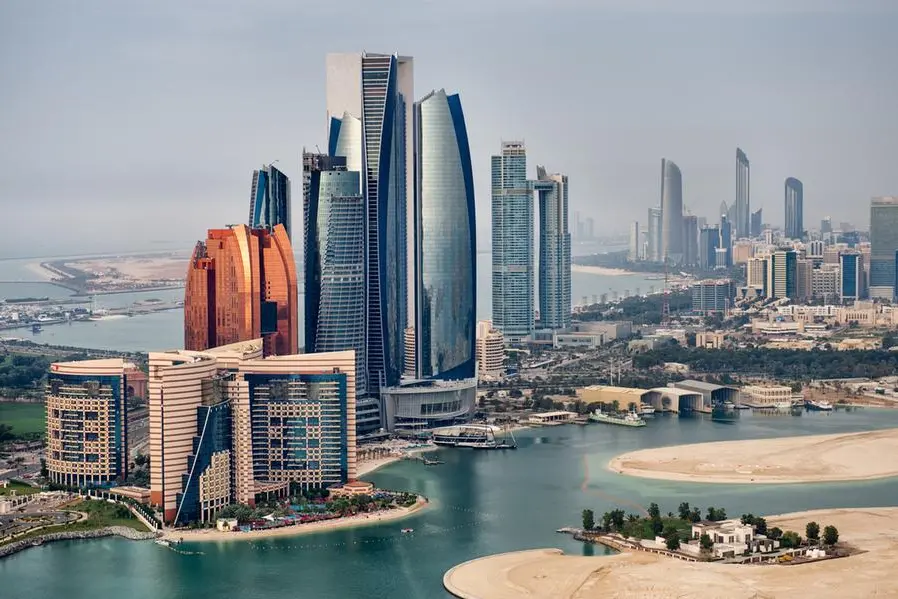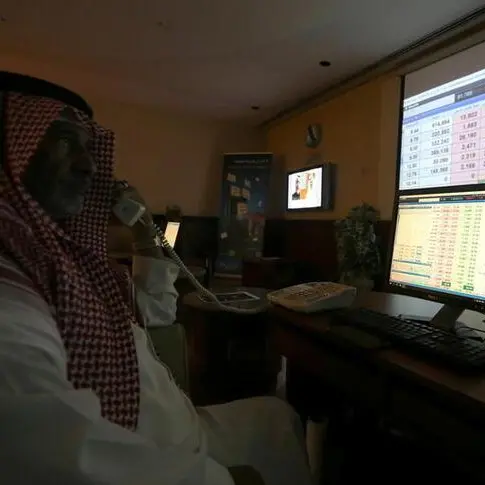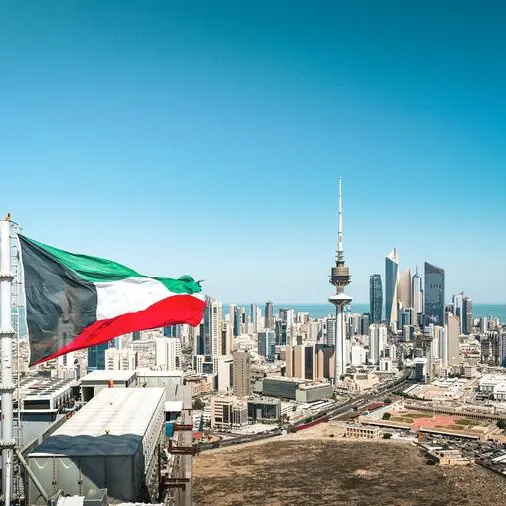PHOTO
Helicopter point of view of Abu Dhabi skyline with surrounding area. Getty Images Image used for illustrative purpose.
ABU DHABI – The Environment Agency – Abu Dhabi (EAD) has partnered with Dendra Co. to execute a comprehensive programme to assess the state of natural terrestrial habitats across the emirate of Abu Dhabi.
The Agency led the development process of a detailed study design that includes carefully chosen areas suitable for assessing the state of native vegetation cover in natural habitats within and beyond Protected Areas.
This systematic approach enabled EAD to measure the extent and dynamics of changes in the diversity and the distribution of local plants linked to human uses and anthropogenic influences.
The research programme was implemented and facilitated by a team of young national talents from the Agency and Dendra Co, which specialises in conducting environmental consultancy studies using artificial intelligence methodologies and data collection programmes via smart sensors provided to drones.
Dr. Shaikha Salem Al Dhaheri, EAD Secretary-General, said, "This programme is considered the largest field research project ever implemented in the region. More than six months of continuous work enabled us to comprehensively cover 11,000 hectares as a representative survey of the critical vegetation cover most vulnerable to environmental threats resulting from human uses and climate change.
"The detailed data resulting from the programme will contribute to giving clearer guidance, which will enhance the decision-making process to deal with the increasing pressures proactively."
She stressed that the expansion of focused environmental research programmes by EAD reflects its commitment to protecting the UAE's natural heritage and developing decisions and practices to increase natural habitats' adaptation and resistance to climate change. This approach aligns with the Abu Dhabi Climate Change Strategy, which seeks to reduce carbon emissions and supports the UAE's effort to achieve Net Zero by 2050.
Ahmed Al Hashemi, Executive Director of the Terrestrial and Marine Biodiversity Sector at EAD, said, "The environmental and financial impact of these techniques is considered small compared to the negative effects on the environment resulting from traditional field work methods resulting from the use of vehicles to reach research areas.
"This is in addition to the clear rationing of operational administrative costs. A standard comparison showed that this approach contributed to saving time and costs by up to 90 percent, compared to traditional methods, and therefore this programme is considered an important qualitative addition to the work methods followed by EAD."
Al Hashemi added that a vast research area of natural habitats was covered, and the vital indicators of multiple types of local plants were accurately measured, allowing the health of the vegetation to be assessed and the effects and pressures on it to be determined systematically, including overgrazing, and the impact of human activities, especially the use of four-wheel drive vehicles.
The programme also included photographic documentation of wildlife distribution areas and an assessment of the extent of their relationship with wild plant species. This helped increase understanding of vegetation data and its response to human influences.
In addition to field monitoring and research, a smart geographic database platform was developed to document all project information. This platform provides the ability to produce instant reports and accurate statistical analysis.
According to the initial study design, EAD has also implemented an operation to disperse seeds of local plant species using drones capable of carrying a total weight of 70 kg and dispersing them in three areas within the emirate of Abu Dhabi.
Each 380-hectare area was monitored as a baseline to assess how these seeds respond to natural regeneration linked to rainfall rates and soil type.
The team will also conduct an annual study of the same sowing areas to measure data on the success of natural germination.





















